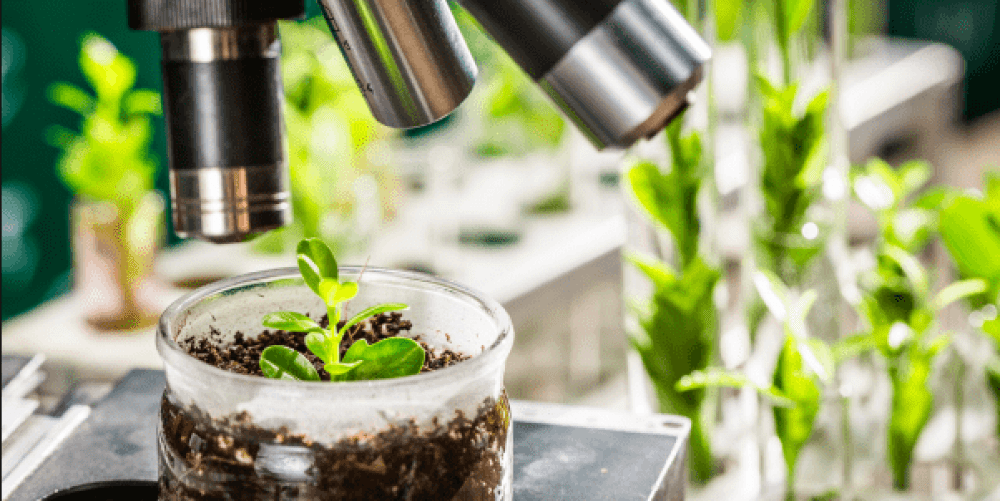Water Resources
Students will be working on the iCEV BASF Plant Science Certification modules, the lesson plans described below are for the Water Resources module.
Goal:
To gain introductory knowledge of the properties of water, focusing on the chemical, biological and physical characteristics of water by exploring the uses of water in our lives, sources of ground and surface water, the importance of conservation and protection of water resources as well as the future of our water resources.
Description:
Water is one of the most precious commodities on earth. Without it, life as we know it would not exist. In this presentation, the different properties of water will be reviewed as well as the different ways in which water is used in out daily lives. In addition, the importance of conserving our water resources and the future of out water supply will be discussed. Water quality as well as various types and causes of water pollution are covered in detail. The program was produced in cooperation with the Natural Resources Foundation of Texas.
Objectives:
1. Describe the influence of weather factors
2. Describe the influence of climatic factors
3. Define watershed boundaries
4. Identify potential sources of pollution
5. Discuss policies of ecology management
Assignments:
Assignments will be posted on the Plant & Soil Science Google Classroom, under the “Assignments” topic of the “Classwork” tab. Please pay attention to all due dates, which will be posted on the assignments along with the instructions for the assignment.
Water Measurement
Students will be working on the iCEV BASF Plant Science Certification modules, the lesson plans described below are for the Water Measurement module.
Goal:
To provide an understanding of water measurement and water resources in the United States.
Description:
This PowerPoint® production discusses a variety of subjects related to water measurement including: watershed dynamics, water resource management, water quality management, factors affecting water quality, water conservation and watershed conservation.
Objectives:
1. To identify the origin and use of water in a watershed.
2. To describe the dynamics of a watershed.
3. To discuss the measurement of water quality and water resources in a watershed.
4. To describe how water quality is impacted by natural and anthropogenic influences.
5. To identify water and watershed conservation practices.
Assignments:
Assignments will be posted on the Plant & Soil Science Google Classroom, under the “Assignments” topic of the “Classwork” tab. Please pay attention to all due dates, which will be posted on the assignments along with the instructions for the assignment.
